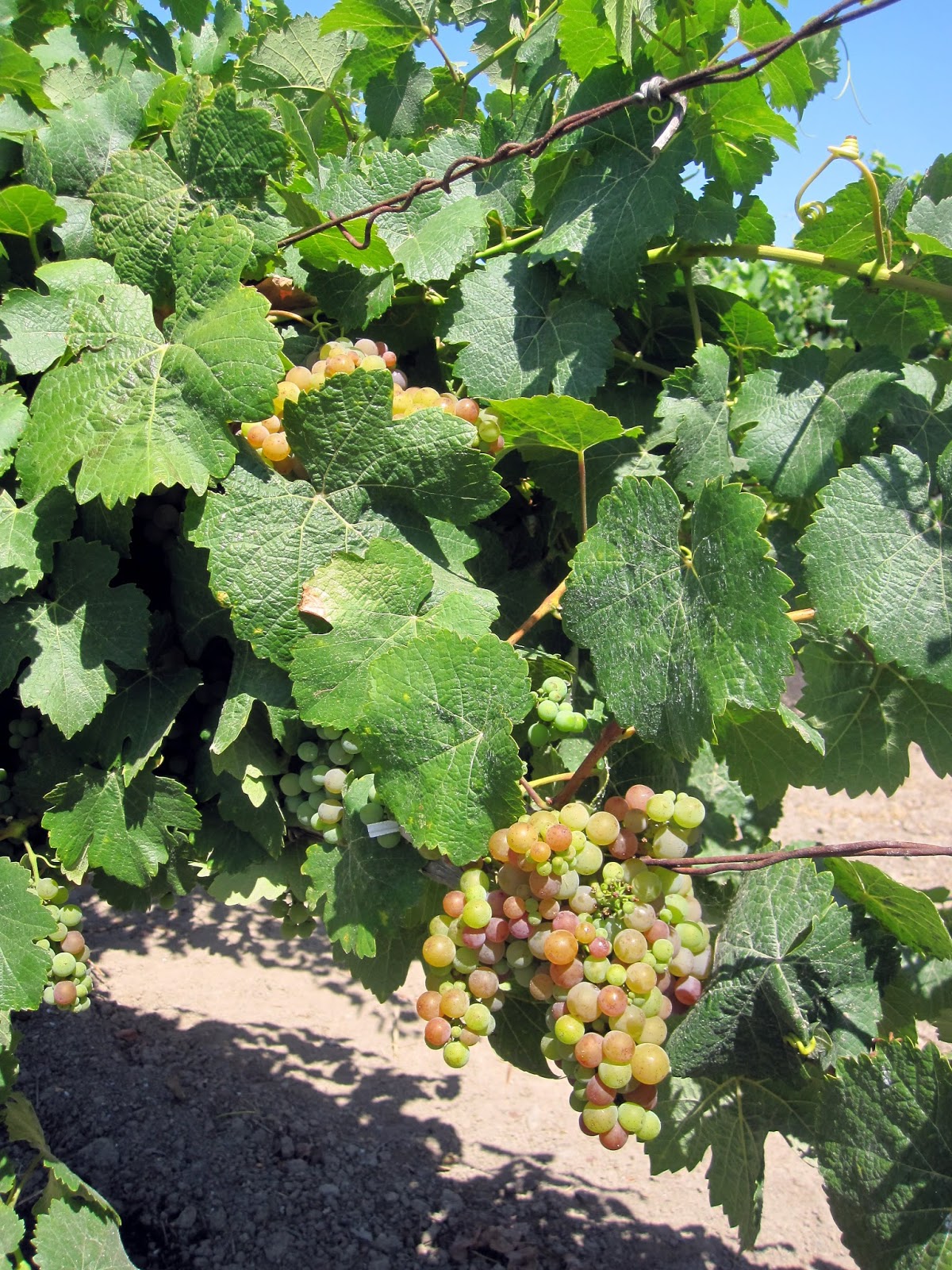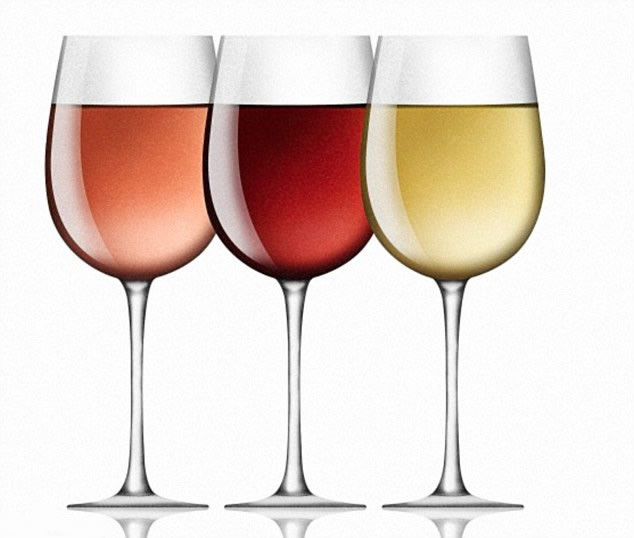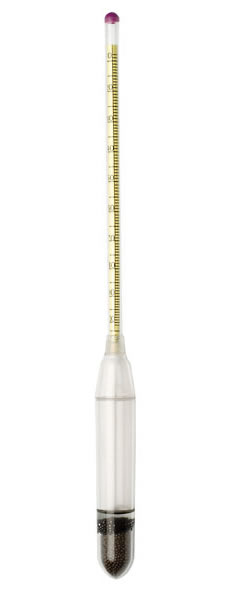The wine tasting room can be a confusing place. There are a lot of technical terms that get thrown around and it is easy to get lost in all the jargon. Last time, we covered malolactic fermentation, a personal favorite. Now we take on another term that tends to confuse: brix, or degrees of brix.
 |
| Why we care about brix |
So what is brix? Obviously, it has nothing to do with bricks and mortar, or even that great Pink Floyd song. Simply put, brix, or more formally degrees of brix, measures the concentration of sugar in a solution. Most of us only care about brix in relation to wine making, of course. Brix matters to us because it predicts how much alcohol will be in the wine after fermentation. In the world of wine, brix measures typically range from the high teens to the upper twenties. Not a wide range, but small differences can make a huge difference in the resulting wine. One unit increase on the brix scale is about a 1% increase in sugar concentration by weight. That 1% increase can result in a 0.5% increase in alcohol.
 Sugar in grapes plays a key role in wine making, because it is the food that the yeast digests and converts to alcohol. The higher the concentration of sugar, the higher alcohol concentration will result, all else being equal. If yeast activity is stopped early by the wine maker, the wine will taste sweet because of the unconverted sugar in the wine. If the yeast fermentation stops too soon because of insufficient sugar, the alcohol level will be too low. Clearly, there’s a lot riding on the sugar level in the grapes when they’re harvested!
Sugar in grapes plays a key role in wine making, because it is the food that the yeast digests and converts to alcohol. The higher the concentration of sugar, the higher alcohol concentration will result, all else being equal. If yeast activity is stopped early by the wine maker, the wine will taste sweet because of the unconverted sugar in the wine. If the yeast fermentation stops too soon because of insufficient sugar, the alcohol level will be too low. Clearly, there’s a lot riding on the sugar level in the grapes when they’re harvested!
 |
| Are those rain clouds? |
The sugar concentration in grapes is dramatically affected by weather. Toward the end of growing season, a spate of hot weather can rapidly increase the sugar concentration, while rain drives down the sugar concentration. The actual amount of sugar doesn’t change much, but the amount of water in the grape does, changing the concentration. That’s why the few weeks and days before harvest can be so stressful for growers.
 |
| The Brix himself |
So what does the word brix mean? The term is named after Adolf Ferdinand Wenceslaus Brix, a German engineer from the 1800’s, He became the Director of the Royal Prussian Commission for Measurements, which put him right smack in the center of the whole “measuring things” business. Knowing the sugar concentration in liquids was critically important to brewers of beer and producers of wine. The brix scale was born! We should count ourselves lucky that the measurement didn’t become known as the “Wenceslaus”.
 |
| Fun with refraction |
OK, so sugar concentration, or brix, is critical, we’ve established that. So how is this magical property measured? Thinking back to those incredibly stimulating chemistry classes, I’m sure we all remember that sugar dissolved in a liquid will change the liquid’s specific gravity (sometimes called its density) and change the path of light shined through it. Both of these characteristics can be used to measure brix.
 |
| A refractometer |
Out in the vineyards, all that sunshine can be used as a light source to check the refractive index (a fancy name for the bending of light) of the juice from a crushed grape. The gadget is called a refractometer, and no modern grape grower leaves home without one.
 |
| A hygrometer |
Once the grapes are pressed and indoors out of the sun, wine makers use that other characteristic, the specific gravity, to measure the sugar concentration. In this case, the gadget is called a hygrometer. It is just a glorified Cartesian diver, a sealed bubble of glass with a weight and an empty space. The lower it hovers in a vial of juice, the lower the brix. Simple, but fragile; better suited to the barrel room than the vineyard.
There you have it: the backstory for the term brix. Don’t you feel smart now?
About the Author: John grills a mean steak and is always in the market for another wine fridge. Believes that if a winery has more than 10 employees, it's probably too big. Buys wine faster than he drinks it, but who cares?



